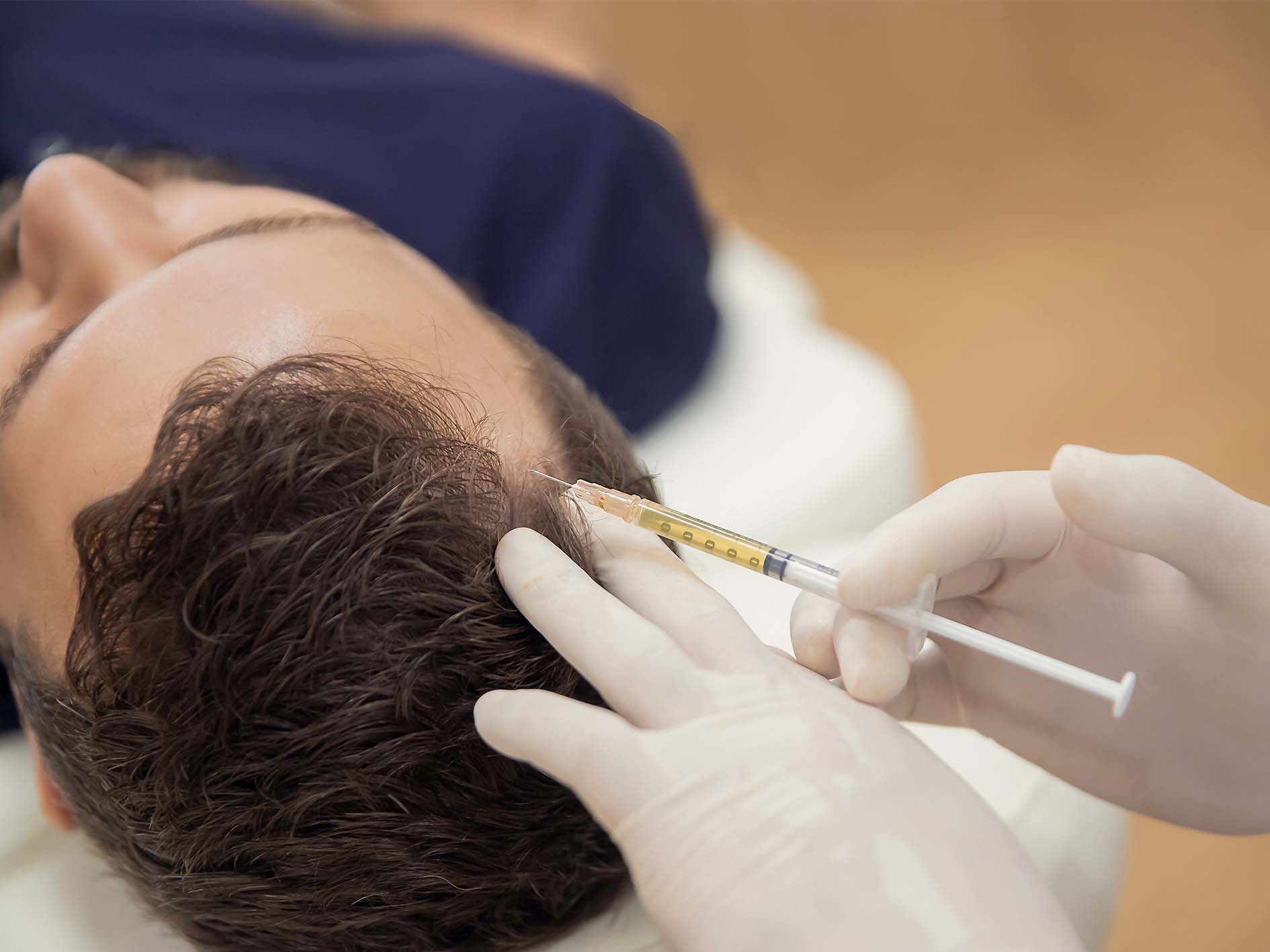What is Orthognathic surgery?
This includes correction of Gross jaw discrepancies, Facial skeletal and soft tissue discrepancies associated with documented sleep apnea, airway defects, temporomandibular joint pathology. It often includes braces before and after surgery, and retainers after the final removal of braces. Coordination between the surgeon and orthodontist is essential to ensure that the teeth will fit correctly after the surgery. The main goals of orthognathic surgery are to achieve a correct bite, an aesthetic face and an enlarged airway.
How is Orthognathic surgery done ?
A psychological assessment is occasionally required to assess a patient’s need for surgery and its predicted effect on the patient.Radiographs and photographs are taken to help in the planning.
The modification is done by making cuts in the bones of the Lower or upper jaw or both and repositioning the cut pieces in the desired alignment. Usually surgery is performed under general anaesthetic. The surgery often does not involve cutting the skin, and instead, the surgeon is often able to go through the inside of the mouth.
What is the Postoperative recovery expected ?
The jaws will be wired together (inter-maxillary fixation) using stainless steel wires during the surgery to ensure the correct re-positioning of the bones. This in most cases is released before the patient wakes up. Some surgeons prefer to wire the jaws shut.Patients are often required to adhere to an all-liquid diet. After time, soft food can be introduced, and then hard food. Normal recovery time can range from a few weeks for minor surgery, to up to a year for more complicated surgery. There is often a large amount of swelling around the jaw area, and in some cases bruising. Most of the swelling will disappear in the first few weeks, but some may remain for a few months. It is very important to avoid any chewing until the surgeon is satisfied with the healing.
What are the specific Adverse outcomes ?
If the surgery involved the upper jaw, then the surgery could have an effect on the shape of the patient’s nose. This can be minimised by careful planning and accurate execution of the surgical plan. Sometimes, this is considered part of the benefit.
Possible damage and scarring to the air sinuses (located under the eyes) is a side effect to any orthognathic surgery.
In some cases, the changing of the jaw structure will cause the cheeks to become depressed and shallow.
What are Facial implants?
These are specially formed solid materials compatible with human tissues, designed to enhance or augment the physical structure of your face.
Chin implants
Chin implants can increase the size and projection of a chin and correct a small or recessed chin ,one that seems to disappear into the neck, rather than appearing as a distinct facial feature.
Jaw implants
Jaw implants increase the width of the lower third of your face.and can correct a jawline that is not well defined and distinct from the neck or one that slopes rather than angles from the ear to the chin.
Cheek implants
Cheek implants increase the projection of the cheekbones. They add volume to areas that may be recessed or flat.
What are the Facial implant surgery risks?
- Unfavorable scarring
- Bleeding
- Infection
- Poor healing of incisions
- Anesthesia risks
- Change in skin sensation
- Damage to deeper structures—such as nerves, blood vessels, muscles and lungs—can occur and may be temporary or permanent
- Allergies to tape, suture materials and glues, blood products, topical preparations or injected agents
- Firmness around the implant
- Shifting of implants
- Skin contour irregularities
- Skin discoloration, swelling and sensitivity
- Persistent pain
- Possible revisional surgery
Will the results stay long ?
While the initial outcome of plastic surgery with facial implants is present almost immediately, it will be obscured by visible swelling. It may take several months for swelling to fully dissipate.The final results of your facial implants will be long-lasting; however, the initial healing phase may include localized swelling, discoloration, numbness or discomfort.In addition, facial movements may be temporarily restricted or impaired. These are common conditions.
Although good results are expected from your procedure, there is no guarantee. In some situations, it may not be possible to achieve optimal results with a single surgical procedure and another surgery may be necessary.Following your physician’s instructions is essential to the success of your surgery.It’s important that the surgical incisions are not subjected to excessive force, swelling, abrasion or motion during the time of healing.








